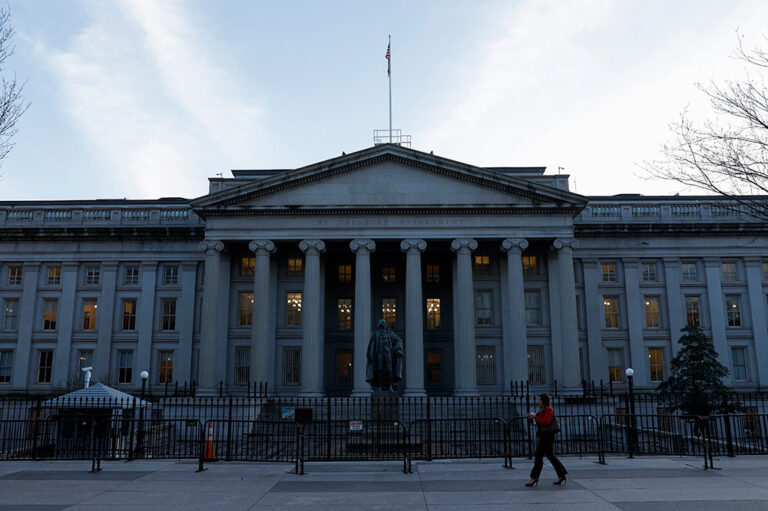The United States just marked another unfortunate milestone: surpassing $38 trillion in national debt. This level of debt is more than the economic output of China and the entire Eurozone, combined. As a percentage of GDP, our debt levels are close to the level of debt after World War II.
Worse still, U.S. debt is accelerating relative to history; put another way, we are adding debt faster than ever.
In the 2020s, the U.S. added debt at a rate of $1 trillion every 5 months, more than twice the rate that has prevailed over the past 25 years. Yet, in the face of a growing economy, U.S. deficits remain substantially elevated and are projected to continue growing at a historic rate.
Looking at recent history, by decade, the U.S. added $1 trillion to the Debt:
- Every 24 months in the 2000s, on average
- Every 11 months in the 2010s, on average
- Every 5 months in the 2020s, on average
The nation's debt is growing at a historic rate and eclipsing all-time highs. Looking ahead, it is critically important for the nation’s leaders to prioritize fiscally responsible policies that put the country on a more sustainable path.
Photo by Jemal Countess/Getty Images for Economic Security Project
Further Reading
The Fed Reduced the Short-Term Rate Again, but Interest Costs Remain High
High interest rates on U.S. Treasury securities increase the federal government’s borrowing costs.
What Types of Securities Does the Treasury Issue?
Let’s take a closer look at a few key characteristics of Treasury borrowing that can affect its budgetary cost.
Quarterly Treasury Refunding Statement: Borrowing Up Year Over Year
Key highlights from the most recent Quarterly Refunding include an increase in anticipated borrowing of $158 billion compared to the same period in the previous year.


